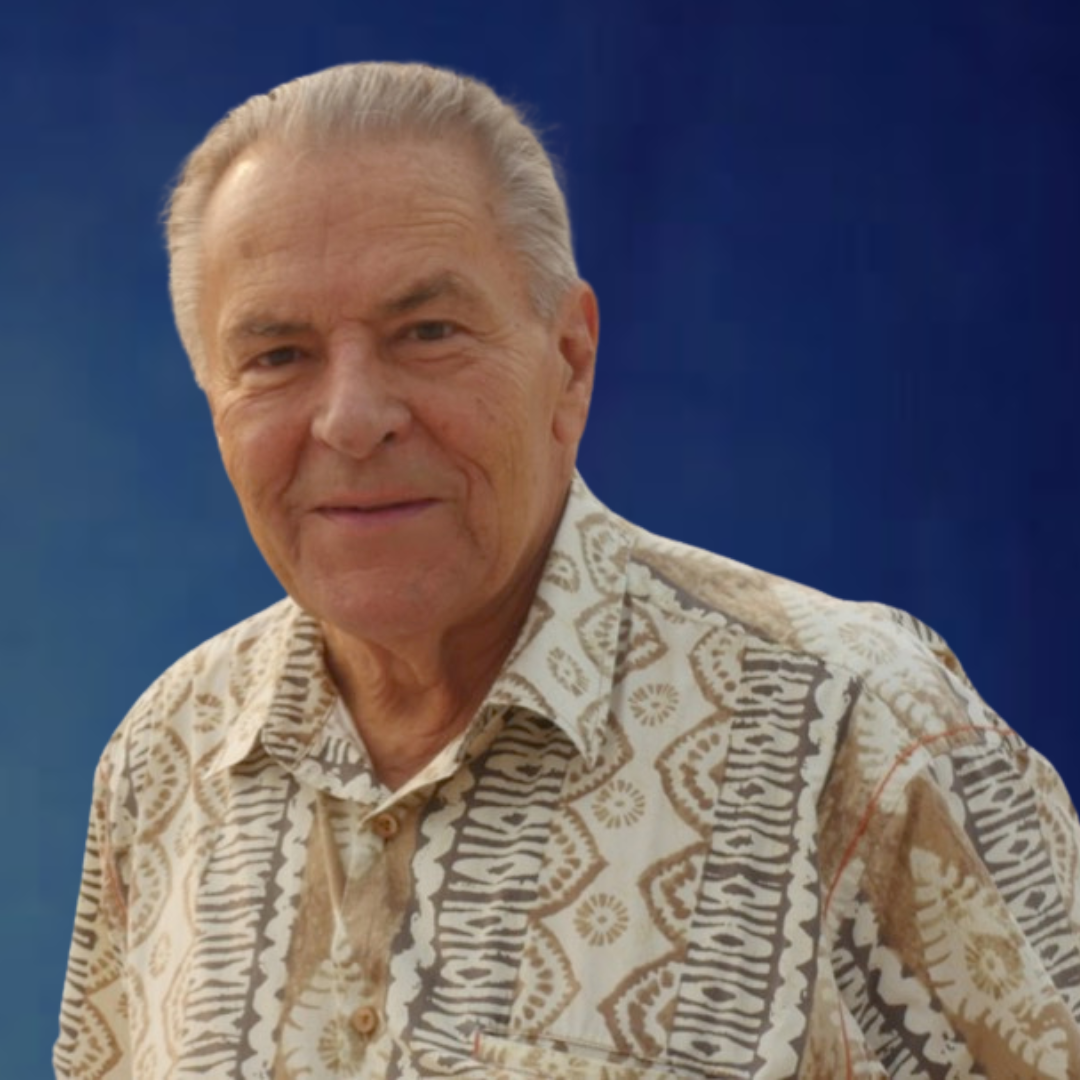

History of Grof Breathwork
by Stanislav Grof
In 1975 at the Esalen Institute in Big Sur, California, my late wife Christina and I developed a new breathing method of self-exploration and psychotherapy. Because it was based on the healing effect of the holotropic state of consciousness, we called it holotropic breathwork. The most frequent question that our workshop participants ask me how we discovered holotropic breathwork. It is difficult to respond with one sentence; I would respond similarly as Albert Hofmann answered the same question about his discovery of LSD-25: “A serendipity and lucky chance.”
After working six years in psychedelic research at the Maryland Psychiatric Research Center (MPRC), I decided to take a sabbatical. I had amassed many experiences and observations from psychedelic sessions in the Prague Research Institute and at MPRC in Baltimore. It was difficult to receive more funding for new projects, and I had been offered from several publishers advanced royalties to write books on LSD. At that time, I went to New York to a party hosted by my dear friends Bob and Leni Schwartz. Those several hours in this party radically changed the rest of my life. It happened that one of the guests of the Schwartz’s was Michael Murphy, a co-founder of the Esalen Institute in Big Sur, CA. We knew each other from my short visit to Esalen in May 1965.
During our talk, Michael found out that I was planning to start a sabbatical and he invited me to spend it at Esalen. He offered me a house and meals and I would conduct in turn a certain number of Esalen workshops. I gladly accepted Michael’s offer and moved to California. During these Esalen seminars, I described our psychedelic projects in Prague and Baltimore and I talked about the need to create a new psychology that would integrate spirituality and have a vast cartography of the psyche with COEX Systems, perinatal matrices, transpersonal experiences and individual and collective unconscious. I illustrated all this by impressive paintings from LSD, psilocybin, and mescaline. Participants found this interesting but very frustrating. They kept repeating: “It is great to listen to such fantastic stories, but don’t you have a little stash on the side? We would love to have some experiences.” I kept repeating that, unfortunately, psychedelics were illegal and the Esalen staff would be very upset to break this rule. But when the participants’ complaints continued, I started to wonder if I could come up with some solution as this problem.
I remembered several very exciting events that happened during my psychedelic research that might help me. One of my patients felt very unpleasant during the termination of his LSD session. He felt an intense pain in his shoulder and anger and rage. At one point, he asked me to put my thumb on his shoulder and press very hard; he felt this might help him. As I was doing what he asked, he started shaking, coughing, screaming, and choking. To my surprise, within twenty minutes or so, he completely relaxed; he felt peaceful and wonderful. Several weeks later, another patient was very uncomfortable coming down from an LSD session. She felt pain in her stomach, an intense malaise and was nauseated. I pressed on her belly in the area where she felt the distress. At that moment, a projectile vomit flew out of her mouth, barely missing my face. This was followed by two more similar releases that had a remarkable effect; her pain and nausea disappeared. She felt cleansed, reborn, rejuvenated and had a healthy hunger.
These two episodes showed me that we were able to positively influence the condition of my patients during the termination periods of their LSD sessions. When the sessions were not well resolved, I would ask the patients what unpleasant physical sensations they felt. We would then try to accentuate them and release the emotions and blocked energies behind them. And as I was doing this, several patients started spontaneously fast breathing – saccadic breathing similar to bhastrika before Siddha yoga meditation. They told me that this breathing intensifies their experiences as if they were returning to the middle of their sessions. This observation showed me that faster breathing can bring the unconscious material to the surface of consciousness.
On the basis of these memories, we started experimenting with our groups at Esalen. Participants would start by lying on their backs, breathing, and listening to music, which had been a significant part of the psychedelic experiments in Prague and Baltimore. There were always some participants who soon became activated by this situation and started to go into what we called “the process.” Christina and I then used bodywork with them as I described earlier. It was not rare that this bodywork not only regressed such an individual all the way to their birth, but also triggered some other people into reliving their own birth just from observing, listening, and seeing others.
At our house at Buck Creek near Esalen, we had a garden by the ocean, where I liked to work. One day, I lifted a large beam and very severely threw out my back so that I could barely move. The next weekend, we had a large Esalen workshop – 46 participants from all around the world – Canada, Europe, Latin America, Australia, and Japan. We had advertised experiential sessions in the Esalen catalogue with breathing and bodywork and I could not move. It was impossible to cancel the workshop and send people home. After long deliberating, we decided to pair up our participants and let them work with each other. Christina and I explained to them the process and supervised and gave them advice. This workshop was so successful that we have never done it differently.
In each session, not only half of the people (breathers) were having powerful experiences, but the other half (sitters) focused attentively on their partners and followed the process of the group. What surprised us most was how impressed the sitters were with the opportunity to be with their breathers in this powerful setting. In turn, the breathers said how precious it was to receive undivided attention from another human being, how special it was to share with another person such an intimate process, and how much they learned from their sitters. And a large part of the participants felt that they would love to become holotropic breathwork facilitators if they had the opportunity and could learn the process of facilitating.
Half a century later, many people around the world are still interested in learning the process of working with holotropic states of consciousness. In May 2020 my wife Brigitte and I launched a new training working with holotropic states in many of the ways they manifest, which includes not only holotropic breathwork, but also working with psychedelics, with the dying people, and with individuals in spiritual emergency. We are creating the GROF® Legacy Training in order to protect and spread my life´s work around the world. Through this program, we will authorize experienced teachers in their home countries to offer their own trainings representing my work and legacy as I believe it should be taught. In the GROF® Legacy Training, instruction in holotropic breathwork will be given under the brand name GROF® Breathwork. We will not receive any profit from the GROF® trademark; we believe this work belongs to the world.

We are not just highly evolved animals with biological computers embedded inside our skulls; we are also fields of consciousness without limits, transcending time, space, matter, and linear causality.
Stanislav Grof,
The Holotropic Mind: The Three Levels of Human Consciousness and How They Shape Our Lives
Here’s the recording of an evening in celebration of Stan Grof that was held in San Francisco at the end of October 2024. It’s a wonderful tribute to Stan and the power and depth of his work. We are so grateful and privileged to have Stan’s direct support in our journey to bring this important work to the world ![]() .
.
